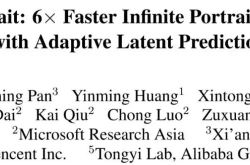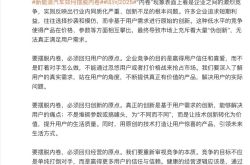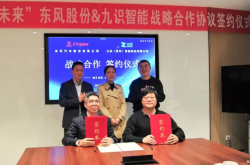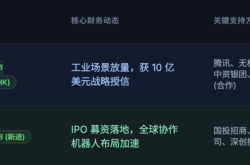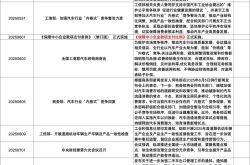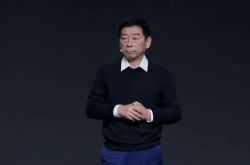The Era of Flagship Six-Seater SUV Products Has Dawned
![]() 06/11 2025
06/11 2025
![]() 598
598
In the bustling Chinese automobile market of 2025, the battle for supremacy in the "big six-seater" segment has already commenced. Since the turn of the year, independent brands have steered the automotive industry towards the medium-to-large SUV segment, unveiling a plethora of new models such as the Wenjie M8, Shenlan S09, Link&Co 900, Geely Galaxy M9, and Xiaomi YU7, priced strategically between 200,000 to 500,000 yuan. This proliferation of products not only epitomizes the technological leapfrogging of China's automobile industry but also mirrors the escalating consumer demands and the profound transformation of the market competition landscape.
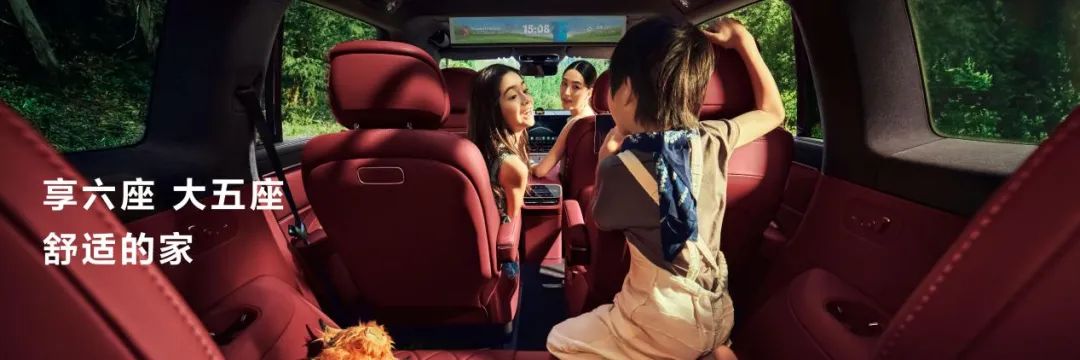
Independent Brands' Offensive on "Big Six-Seaters"
2025 marks the "boom year" for medium-to-large SUVs, with both emerging players and traditional automakers competing fiercely on the same stage, each showcasing unique product attributes. The Wenjie M8, as the flagship model under HarmonyOS Smart Mobility, directly challenges the Ideal L9 with its 3105mm wheelbase and extended-range power system, offering a maximum pure electric range of 240 kilometers and priced between 350,000-420,000 yuan, catering to the aspirations of middle-class families. Conversely, the Shenlan S09 touts its "idealized" design, equipped with Huawei's ADS 3.0 intelligent driving system, a ceiling-mounted entertainment screen, and a refrigerator, with a wheelbase of 3105mm and a price range of 200,000-300,000 yuan, aiming to capture the market with its exceptional value proposition. Xiaomi YU7, as a crossover player, continues the brand's technological heritage, offering a dual-motor version with 508kW of power and equipped with LiDAR, expected to be priced between 300,000-400,000 yuan, aiming to replicate the success of Xiaomi SU7.
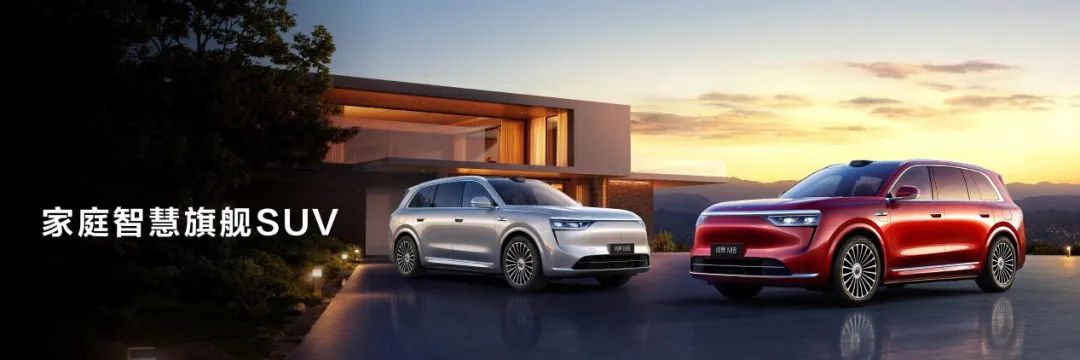
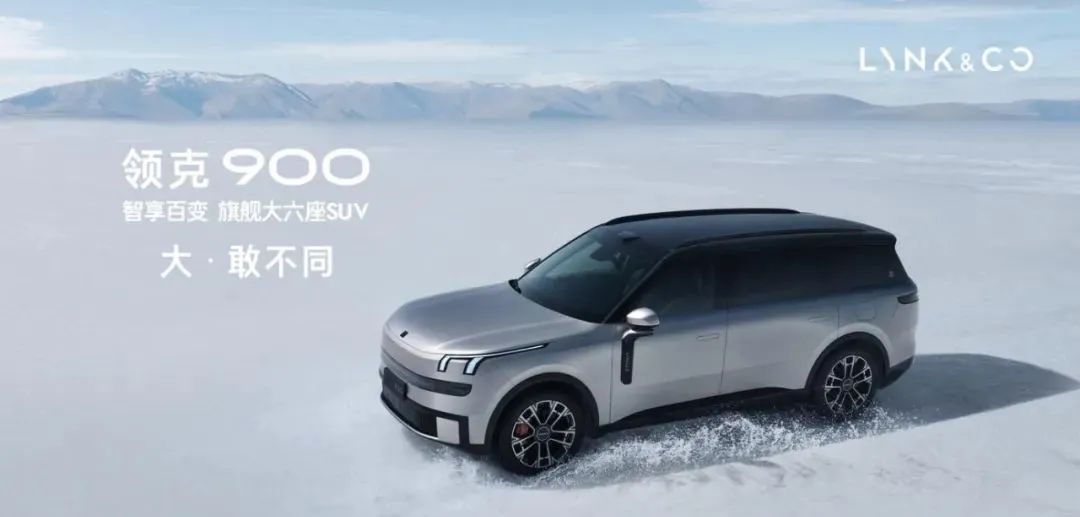
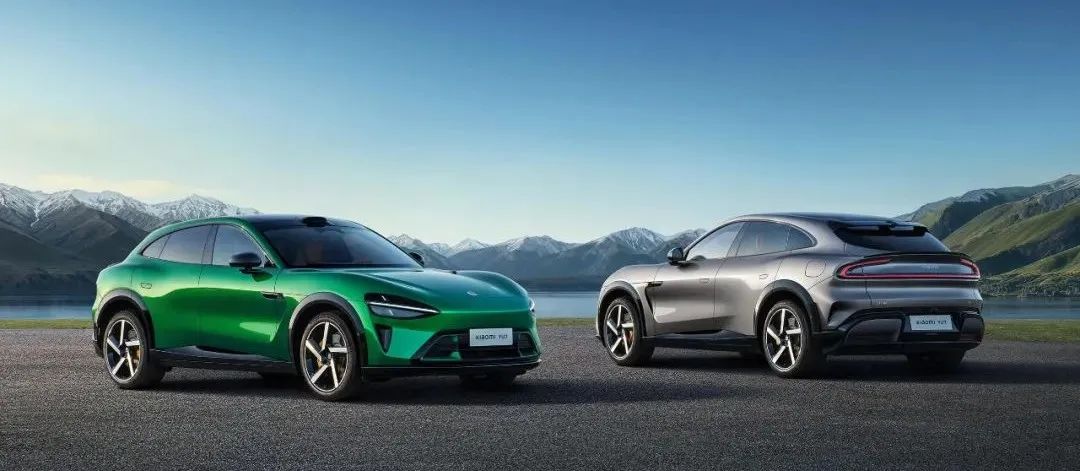
Among traditional automakers, Link&Co 900 stands out with its SPA Evo electric hybrid architecture and an impressive "usable space ratio" of 88.2%, with pre-sale orders surpassing 40,000 units. Its dual 180-degree rotating seats and comprehensive intelligent configurations are tailored for high-end family users. On May 22, Geely Galaxy's AI technology flagship six-seater SUV, the Geely Galaxy M9, made its global debut in Milan, Italy, tasked with propelling the Geely Galaxy brand upwards. Additionally, GAC Entranze S7's "domestic Range Rover" design coupled with Qualcomm 8295 chips, GAC AION HL's 800V ultra-fast charging technology, and Changan Qiyuan Q07's impressive 1,400km comprehensive range, all underline the comprehensive advancements of independent brands in technology and design.
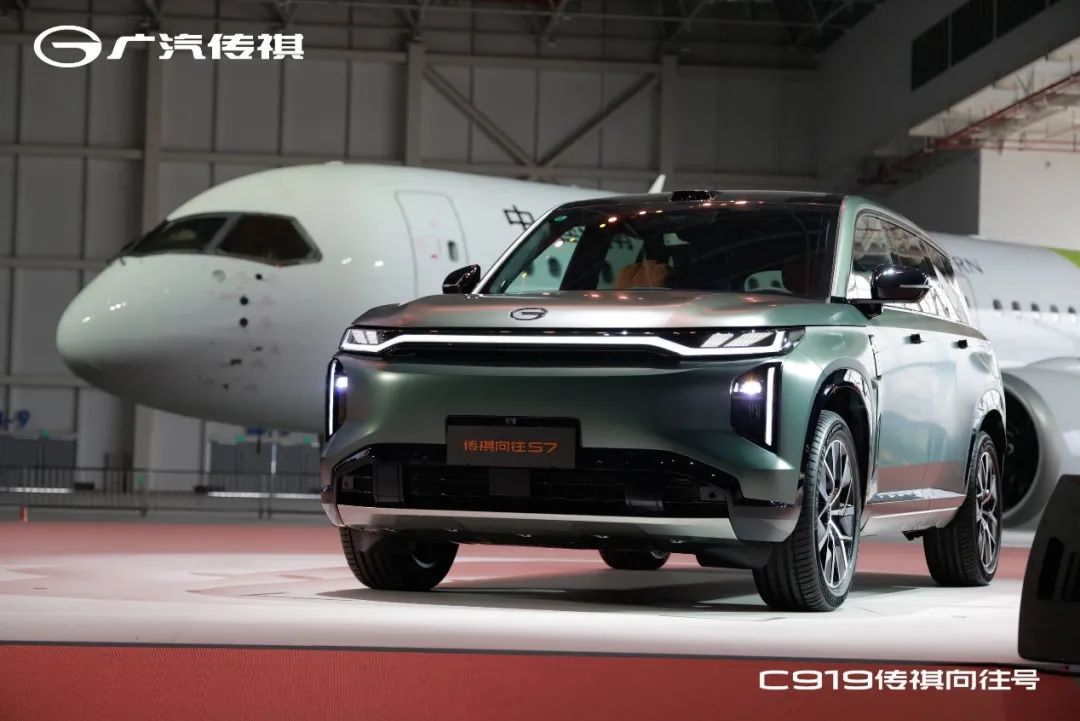
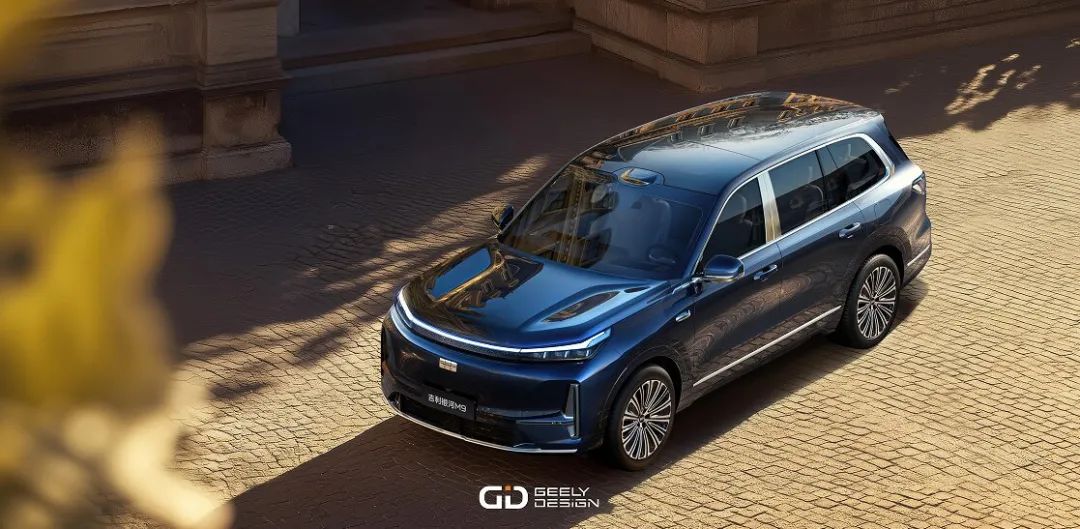
Why Have "Big Cars" Become a Battleground?
The craze for "big six-seaters" is fueled by the convergence of multiple market dynamics.
Firstly, there's the structural shift in consumer demand. The long-term impact of the two-child and three-child policies is becoming evident, with family travel scenarios evolving from mere transportation to mobile living spaces. Data from the China Association of Automobile Manufacturers reveals that sales of medium-to-large SUVs surged by 62% year-on-year in 2024, with a market size exceeding 1.26 million units, projected to reach 2 million units in 2025. Consumer demands for "third-row practicality" and amenities like refrigerators, TVs, and large sofas have shifted from being bonuses for emerging players to being essential features.
Secondly, independent brands face the challenge of premium breakthroughs. Previously, 200,000 yuan was the price ceiling for independent brands, but brands like Huawei and Ideal have breached the premium market through intelligence and extended-range technology. In 2025, the 300,000-500,000 yuan range has emerged as the primary battleground, with models like Wenjie and Link&Co not only benchmarking traditional luxury brands but also redefining user perceptions through "scenario-based experiences." For instance, Shenlan S09's flat floor cabin and second-row ceiling-mounted screen design directly address family users' dual needs for comfort and entertainment.
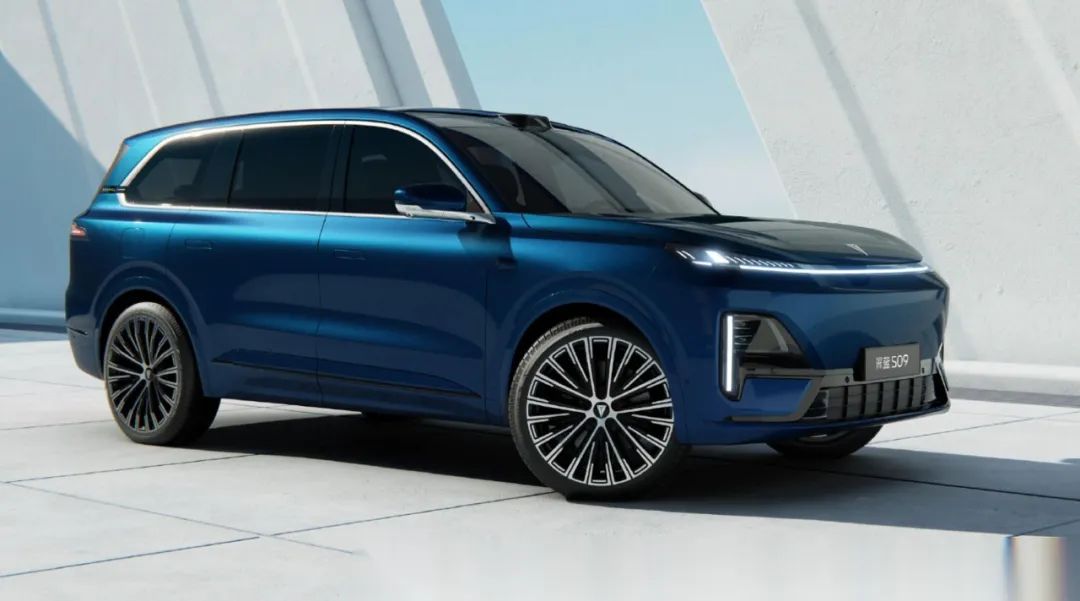
Furthermore, the maturity and differentiation of technological paths are crucial. In terms of power forms, the market has bifurcated into two camps: the extended-range faction and the plug-in hybrid faction. Ideal and Wenjie alleviate range anxiety through extended-range technology, while Geely and BYD utilize plug-in hybrid technology to balance power and energy consumption advantages. Additionally, the proliferation of technologies such as 800V ultra-fast charging and city mapless autonomous driving further lowers the barrier for users to embrace large cars. For instance, AION HL's 5C ultra-fast charging can achieve a range of 300 kilometers in just 5 minutes, while Huawei's ADS 3.0 enables Shenlan S09 to achieve full-scenario autonomous driving from parking space to parking space.
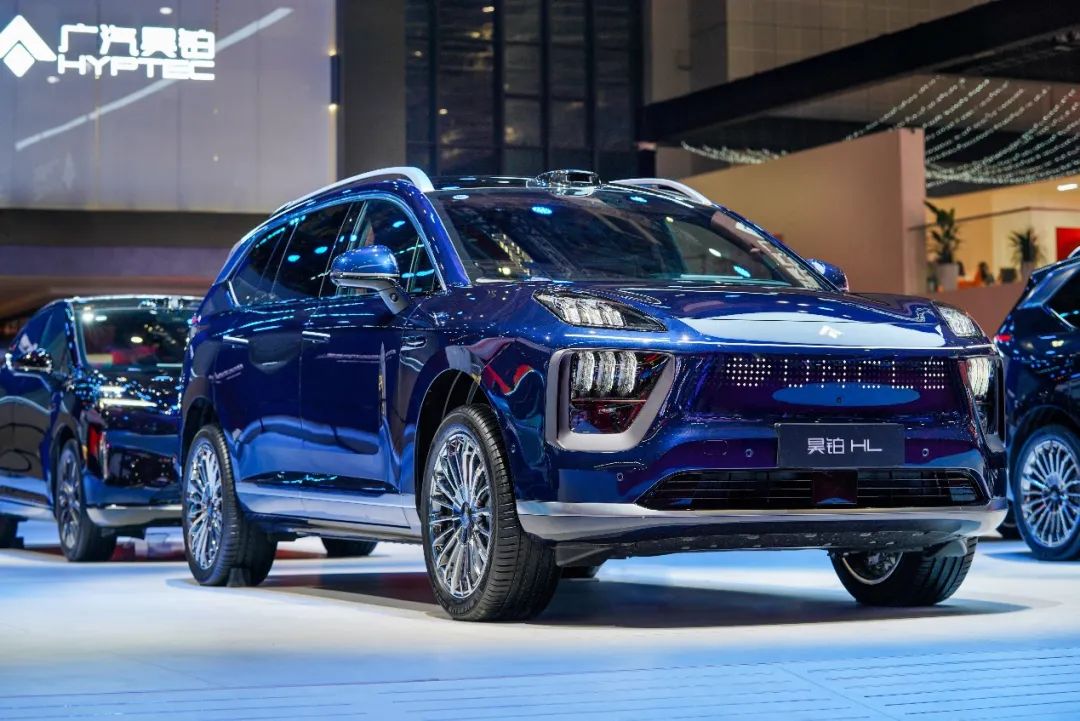
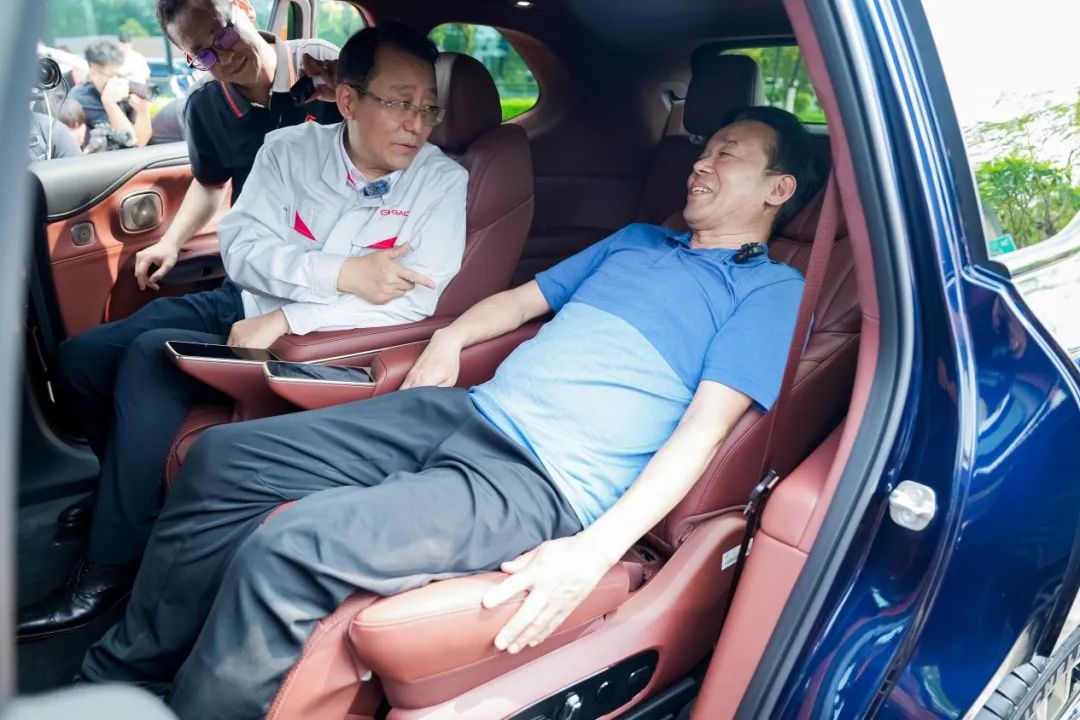
A deeper underlying force stems from the transformation of industry competition logic. The compact SUV market is already saturated, prompting automakers to urgently enhance profitability through high-margin medium-to-large SUVs. A research report from Huatai Securities highlights that among the new cars premiered at the 2025 Shanghai Auto Show, medium-to-large SUVs accounted for 32%, with a new energy penetration rate exceeding 69%. Simultaneously, the boundaries between emerging players and traditional automakers are gradually blurring - Xiaomi's foray into car manufacturing and GAC Trumpchi's embrace of Huawei's intelligent driving technology exemplify the industry's evolution from "going it alone" to "ecological collaboration."
Future Challenges: Differentiation and User Mindshare Competition
Despite the promising market outlook, the challenges are equally formidable. Currently, most models converge on "large space + intelligence," featuring similar design languages such as through-type light clusters and dual-screen interiors, along with highly overlapping functional configurations like refrigerators and zero-gravity seats. If brands fail to establish unique advantages in niche scenarios, some models may succumb to "price wars," with homogenization looming on the horizon.
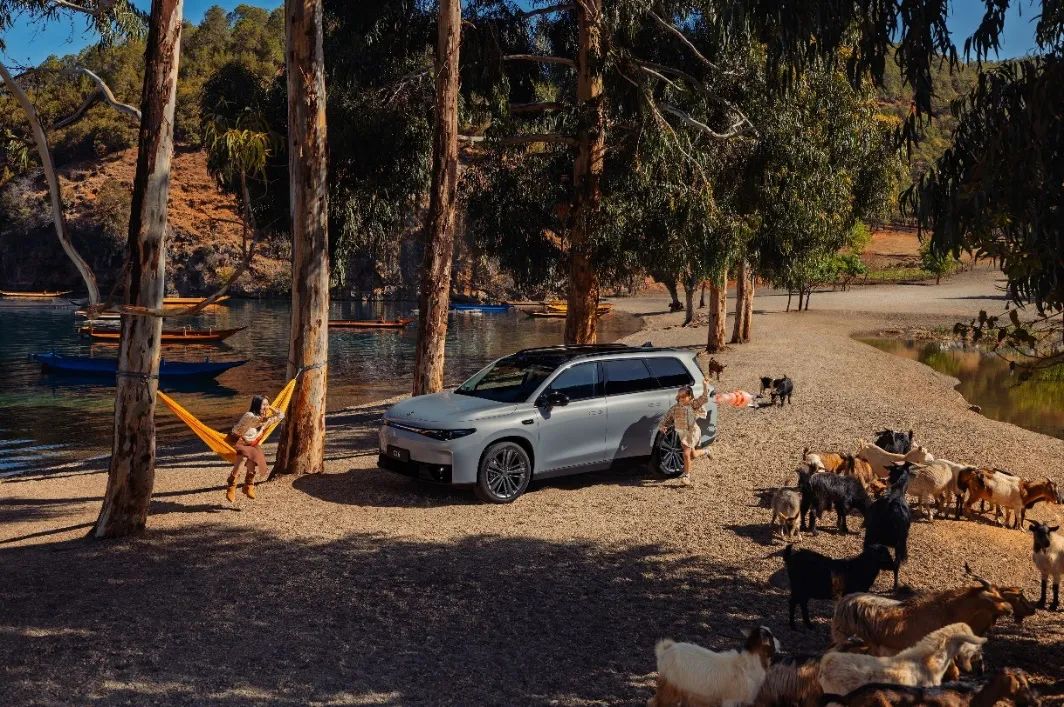
Secondly, capturing user mindshare has become paramount. The success of the Ideal L series is rooted in its precise positioning as "family travel," while Wenjie relies on Huawei's ecosystem to forge a technological moat. In the future, brands must answer the fundamental question of "why choose me": whether it's to tap into the mass market like the Zero Run C16 as an "ideal alternative" or to attract young families with Link&Co 900's "performance player" label. Moreover, continuous iteration of intelligent experiences and the accumulation of after-sales service reputation will determine long-term competitiveness.
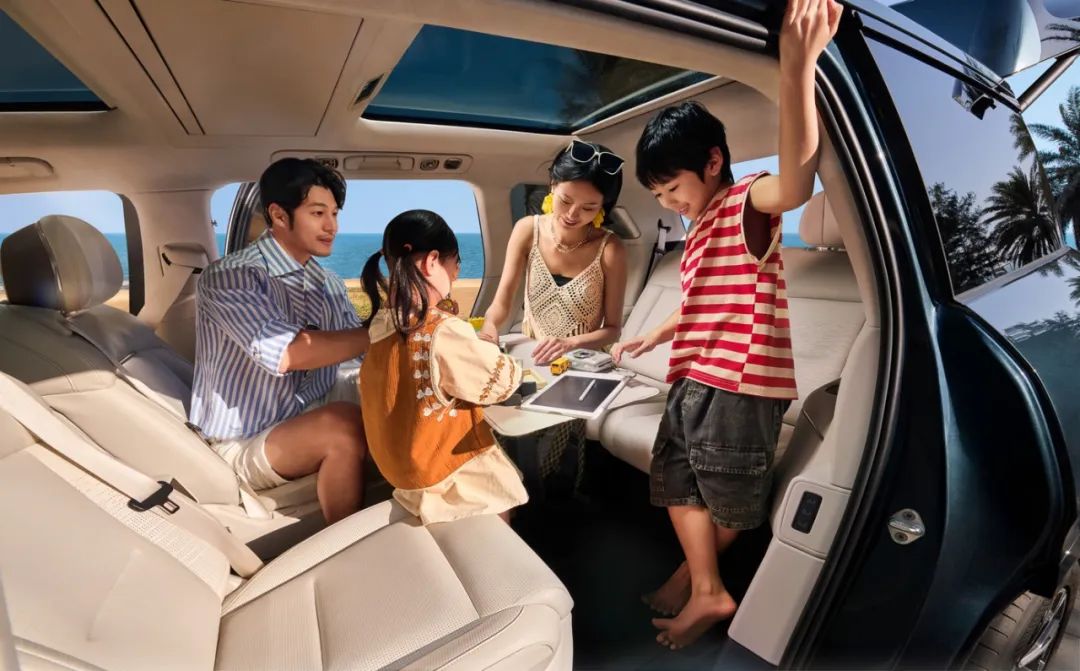
The medium-to-large SUV market in 2025 serves as both a showcase of China's automobile industry's technological prowess and a testing ground for the collision of consumer demand and business logic. As "big six-seaters" transition from novelties to standard features, automakers' competition will ultimately revert to its core essence - the ability to create products and services that exceed expectations through a user-centric approach. In this feast, only brands that truly grasp the notion of "big is good, good is precise" can break through this "involution" and spearhead the next decade's mobility revolution. (End)

